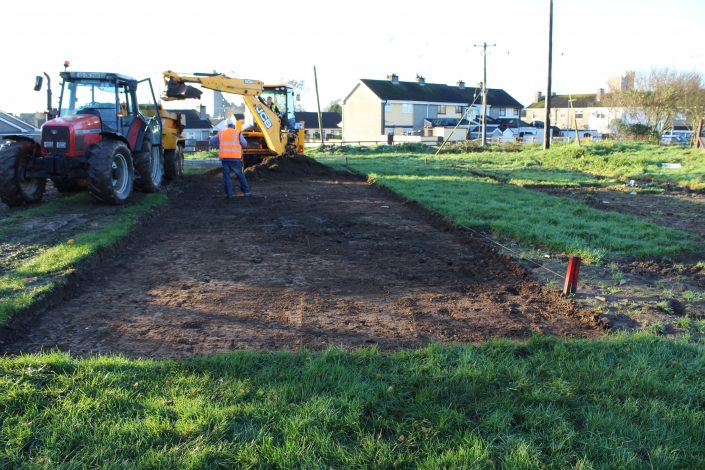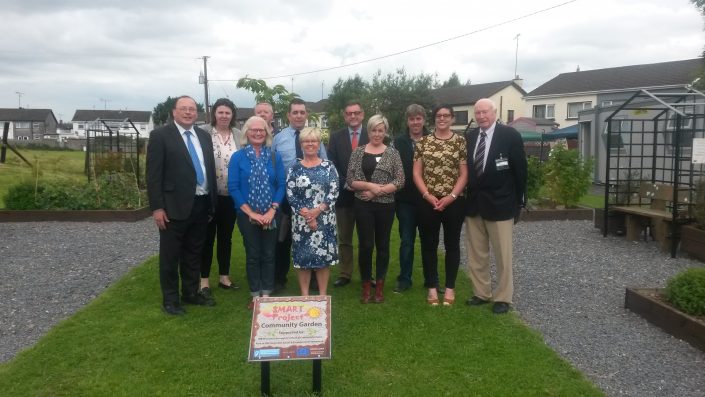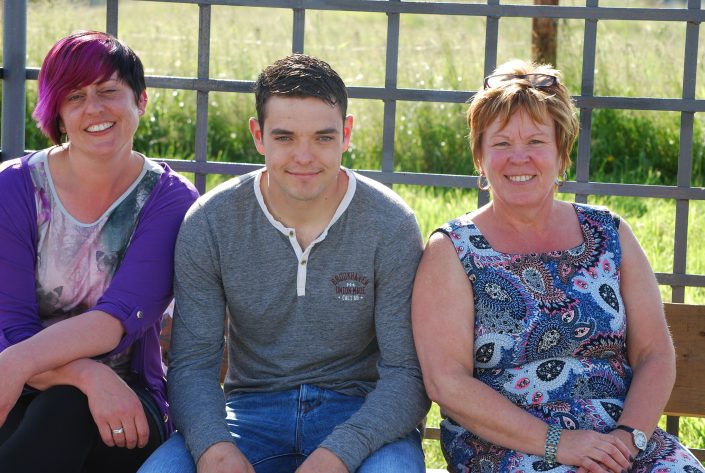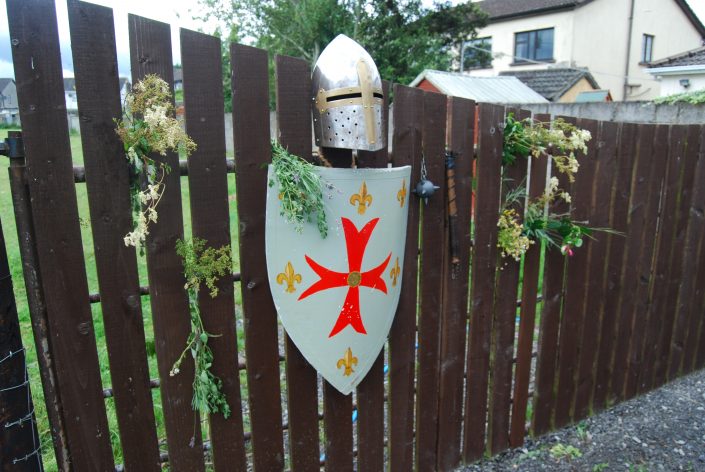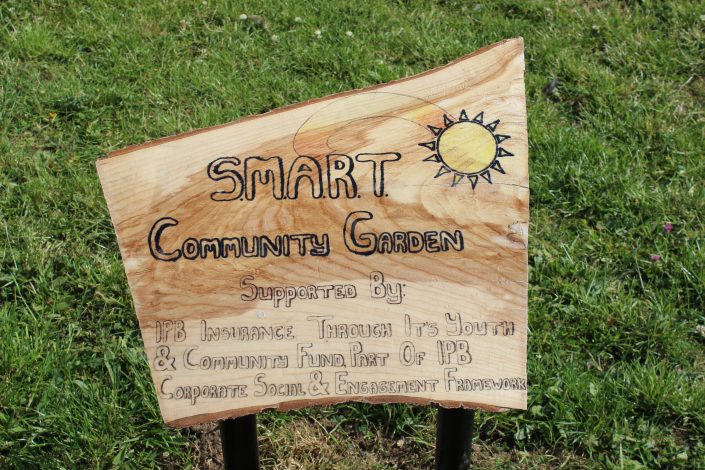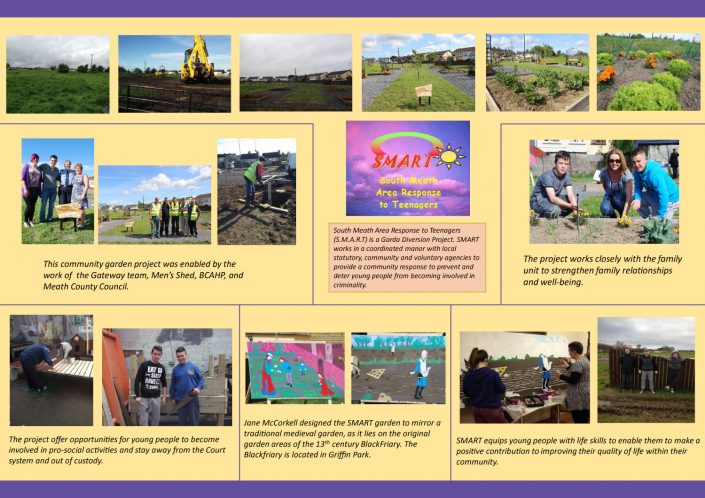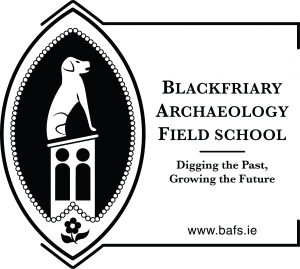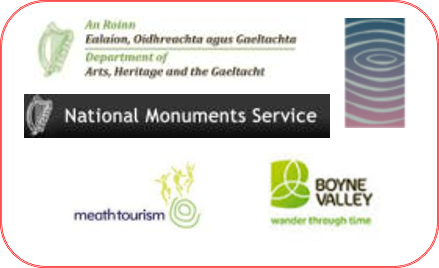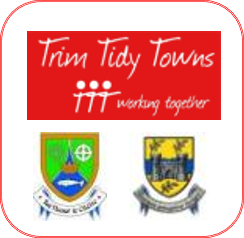The Journey So Far
During its work to date the project has engaged on many levels with the local community in relation to its heritage through community outreach, open days on the site for every school in the town and the wider community, lectures, guided walks and tours. Such events are held regularly throughout the year. Each year a community dig is held, with individuals, families and groups participating. Projects such as Trim Stories (https://trimstories.wordpress.com/) and Living Among the Monuments both supported by Meath County Council have engaged the local community in telling their stories of the site and the town.
The rediscovery of the site for the local community, many of whom were totally unaware of its existence, has brought about a very positive re-engagement with the space. For those who played in ‘the field’ as it was known, as children, coming to the site to see the progress of the excavations means seeing the place through new eyes and with new insights. As its extent and importance are revealed knowledge of the site and its history is steadily being spread among the local community.
The creation of a community garden and orchard has been a major landmark in the life of the project. This was brought about by a co-operative effort involving the SMART Project (a local group working with teenagers), Trim Tidy Towns, the local Men’s Shed group, local people employed by Meath County Council, students from Indiana State University who were engaged in a service learning project, and more recently a local Grow It Yourself group of home-schooling families as well as the team of archaeologists. All of these efforts have transformed the site from a bleak unloved space to one where the garden invites people to spend time, sit, chat and enjoy it. This work has won recognition locally, nationally and internationally. The garden has won the Pride of Place award for three years in a row (2015 – 2017). The Blackfriary project has been recognised and supported by the historic site preservation fund of the Archaeological Institute of America (AIA https://www.archaeological.org/) which awarded funding for signage and a review of the conservation needs of the site.
The work of BCHAP is supported by Meath County Council and the Heritage Council, and enjoys wonderful support from the local community.


